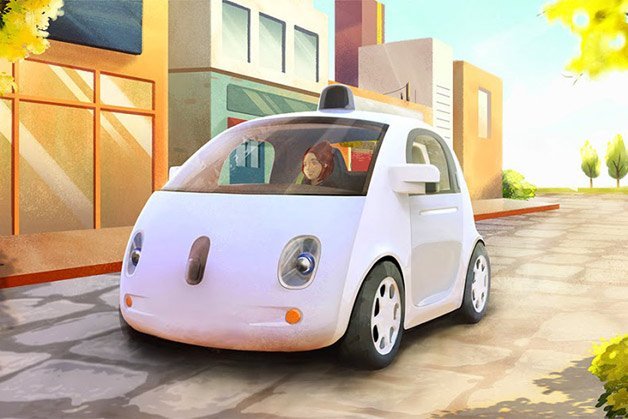No Steering Wheels, Pedals or Horns in Cars by 2035, Survey Says

The Institute of Electrical and Electronics Engineers, or IEEE, polled about 200 people within academia, research and government agencies about the concept of self-driving vehicles and future automotive design, and got a sense of what people thought would become superfluous during the upcoming decades. Taken into consideration was rapid advancements in things like sensor technology, software, driver-assistance programs and GPS.
And with those advancements, the respondents said items like rear-view mirrors, horns and emergency brakes would be gone by 2030. And five years later, steering wheels, brakes and accelerator pedals would no longer be necessary, either. And by that time, at least three-quarters of US states will have laws on the books allowing for driverless vehicles. Nothing was mentioned about floor mats, of course.
The subject of autonomous driving continues to pick up relevance. In late May, Google unveiled its first self-driving car, which is sans steering wheel, brake pedal, gas pedal or gear shift and has a top speed of 25 miles per hour (40 km/h).
Nouvelles connexes


